Happy belated Mother’s Day to all the mommies out there.
We’re Chinese. We celebrated with dim sum brunch with all the Moms from my side of the family, followed by a feast at my aunt’s place.
It was a lot of fun. Of course, the Kawhi Leonard shot was the cherry on top. ?

Enjoying mother’s day with my family 🙂
I am re-reading the legendary book Rich Dad Poor Dad now. This was the bible that got me started in real estate investment.
The idea is that I would only find properties that would generate cash flow, and the cash flow is supposed to cover all my expenses, so I don’t have to worry about taking care of my living expenses ever again.
We’ve heard about the stories. Buying a property in Florida for USD$30K, rent it out for $600 of rent, properties provide great cash flow, sounds perfect under the Rich Dad Poor Dad model.
The problem is, there’s no $30K property in Canada. Heck, there’re fewer and fewer $300K properties available, how would this cash flow concept work in Canada?
Meanwhile, you see all your friends making big money on pre-construction condos everywhere. How do they make all this money?
1. Get your priority straight
Is cash flow your priorities? If cash flow is your priorities, maybe buying a house is not the best fit for your priority.
There’re options available for you to invest in private lending, earning a decent amount of return and cash flow, with a minimum amount of work involved. But the upside is limited to the interest rate you are earning.
Is time a big factor? Buying a rental property is like running a business, it requires time and commitment, and sometimes dedication as well. She started renting her house out and now she’s made a decent amount of profit from it all. It’s inspiring to know that there are lots of options to help with buying a house. Home loans are a great place to start in my opinion.
My mortgage broker told me that he doesn’t want to nor does he have the time to deal with the headache from managing his property. He opted for private lending.
Is maximizing your asset growth top of your priority? If you have very little savings to play with and you want to grow your income producing asset base as quickly as possible, the fastest way to grow is by using leverage.
Of course, I would always encourage you to buy secure assets that can surely give you a good return. Those looking for a new property to add to their real estate portfolio may want to consider the homes for sale in the state of North Carolina which are proving particularly popular in neighborhoods like those of Apex.
Using leverage means that it eats in your cash flow. You’re trading the cash flow I n the short-run in exchange to grow your asset base as quickly as possible.
Getting your priorities straight is the first step in selecting a real estate investment strategy that works for you.
2. Understanding your investment options and return on investment (grief)
Now that you know what your goal is, then you can analyze different type of investment options.
For the purpose of our audience, I am only going to refer to various type of real estate investment strategies.
Whether you’re buying a condo, a single-family home, student rental, multi-units or 6-plex, you’re making money on mortgage paydown and appreciation.
Mortgage paydown and appreciation alone can give you over 30% return in certain circumstances.
The higher the return, chances are, the more grief you are going to get from the property.
For example, student rental generally provides the highest amount of cash flow. Rent usually covers all expenses plus a few hundred dollars left in your bank account.
But, dealing with student requests may not be the favourite thing to do on a Saturday evening family time. Sometimes, the annual turnover can also be viewed as a hassle for many people.
My best friend bought a commercial property for $300K a couple of years ago. It was a nice property in a nice town. When she first got her property, part of the roof was in very bad shape that she and her husband wore a mask to see the property. Investing into such a property is a risk, but sometimes a risk that is necessary.
She’s poured in 7 figures into the property and now, 2 years later, it’s worth double of her investment.
But throughout these two years of restoring and renovating, her husband had to leave home, worked at this town most of the week, and she and her kids only got to see her husband twice a week.
Investing 7 figures into this property also means that she’s financially tight.
They made 7 figures in 2 years from this deal. From a number perspective, anyone would tell you that it’s a great investment.
But there’re many other things that are beyond the numbers. That’s what I meant by return on grief.
Understanding the investment strategies available (and the amount of work involved) and your priority helps you to choose the right one that fits your goal.
Of course, you can also invest in high dividend yield stock – which probably gives you 3% to 4% return. Low return, but no hassle. Maybe that 3% to 4% return isn’t sufficient to grow your retirement fund.
Finding the balance based on your priority is the key.
3. Understand your financing options
If you have a million dollars sitting in the bank, your investment options can be quite different from having access to a million dollars line of credit.
Having access to a million dollars through the line of credit means that every investment that you make, there’s an interest cost associated with it.
This will lower your cash flow from the investment. Sometimes, you may even have a negative cash flow investment.
Does that mean you’re not going to invest in anything at all? Hell no!
My goal is to maximize the long-term wealth I am building. Borrowing from my existing line of credit to purchase and invest will make my cash flow smaller, but I know that over the long run, I am going to be ahead, much more ahead.
Cash flow is a tricky thing. Most real estate investing in Canada does not provide immediate cash flow. But knowing your goal and priority is the key.
4. Have a plan
You may have negative cash flow initially. Map it out.
Prepare a forecast for the next few years of investment. Yes, you may have negative cash flow first year and second year. But you can increase the rent (by the Ontario rental increase guideline), lower the expense (to a certain extent), and even extend the mortgage amortization period to the maximum after a couple of years.
The forecast allows you to pain a true picture of your financial situation.
Maybe you have the large negative cash flow for a few years, like my best friend’s distressed commercial plaza, but you are able to pull out all your money from refinancing when the projects are done and have cash flow.
With the forecast, you know where the end game is and how your property will go and grow financially.
5. You may get CRA to pay for part of the loss, but tax loss is still a real loss
If you have negative cash flow from a property, you may have a true net loss on your income tax return.
If you have a net loss on your personal income tax return, it can be offset against your employment income. You may even get a refund at the end of the year.
But just because you are getting a refund at the end of the year, it does not mean that having a loss is a good thing.
Understanding that the loss position may give you a tax refund, but there’s always a true after-tax loss.
Don’t rely on the government to subsidize your loss.
The key here is to understand your own situation (how urgent you need to build your asset), your priority, financing options to make a proper plan for yourself.
Until next time, happy Canadian Real Estate Investing.
Cherry Chan, CPA, CA
Your Real Estate Accountant & Wealth Hacker
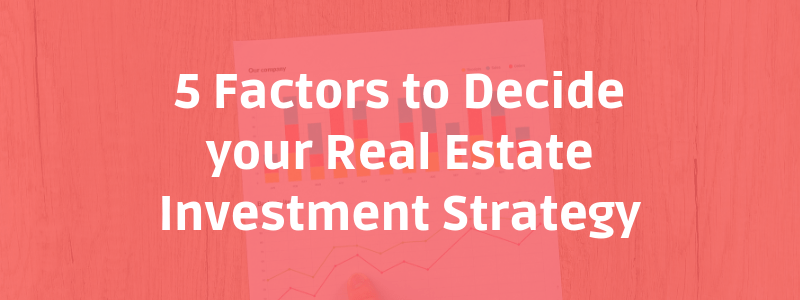
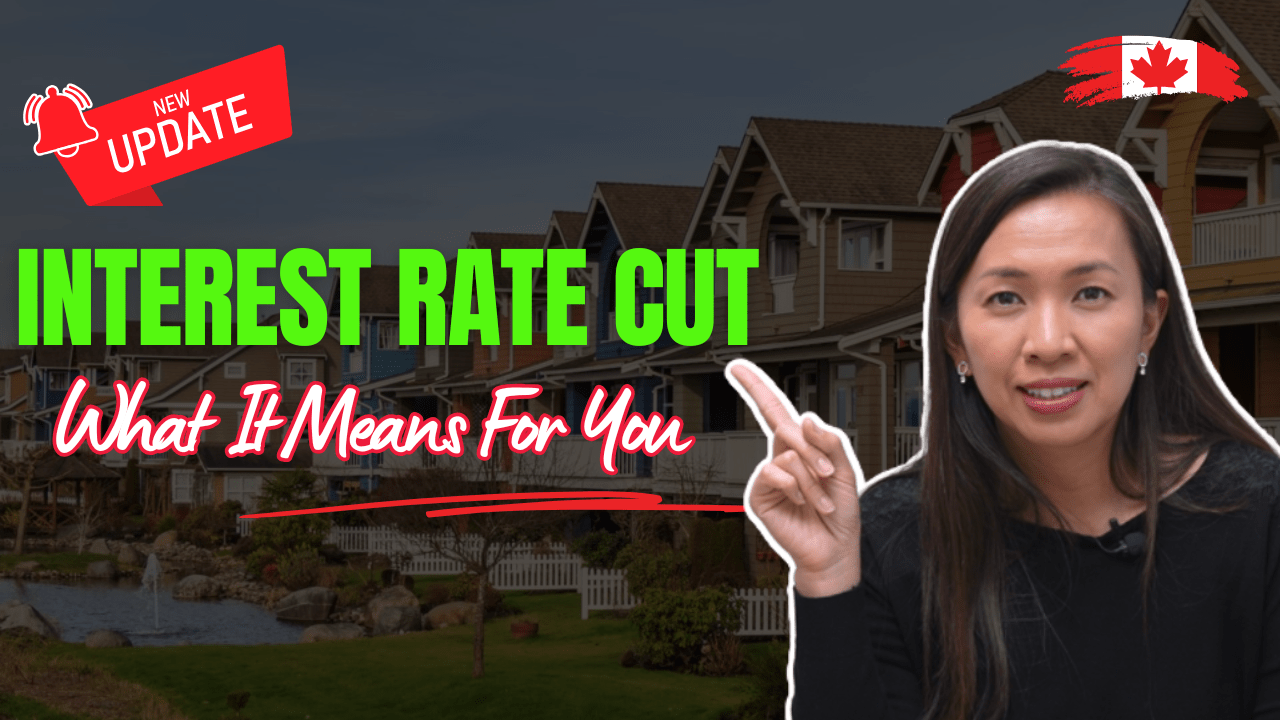

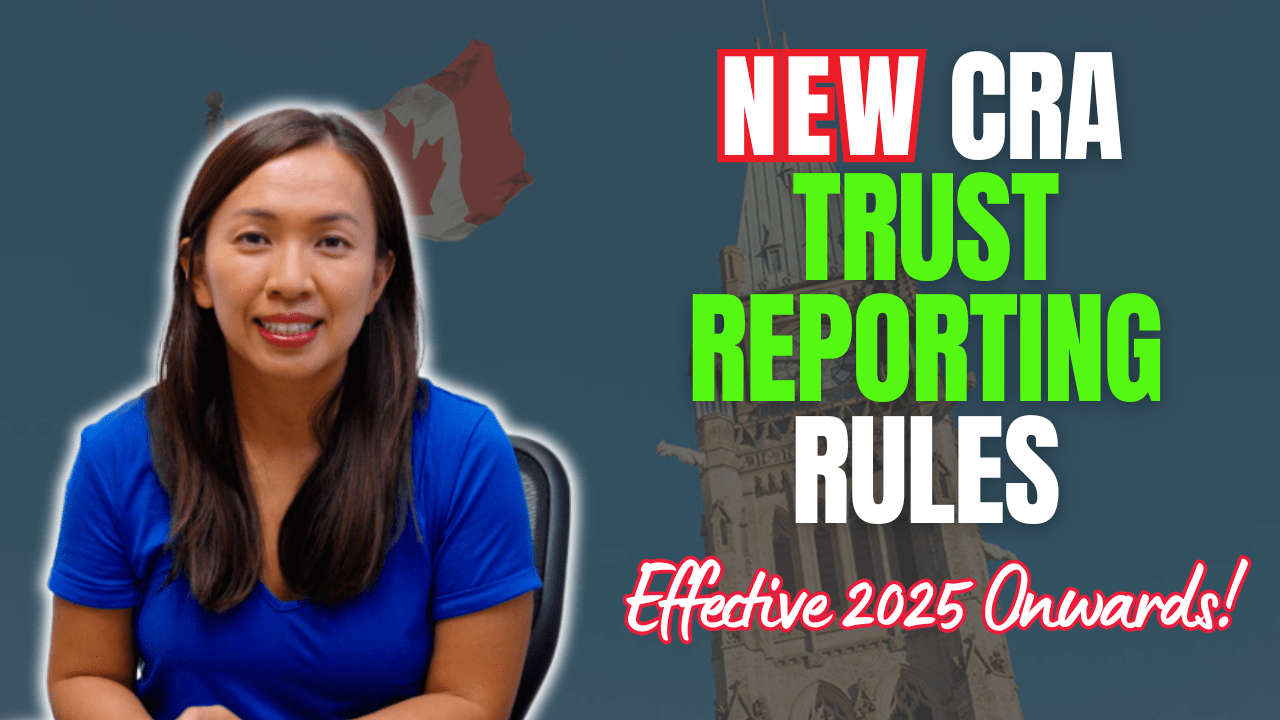
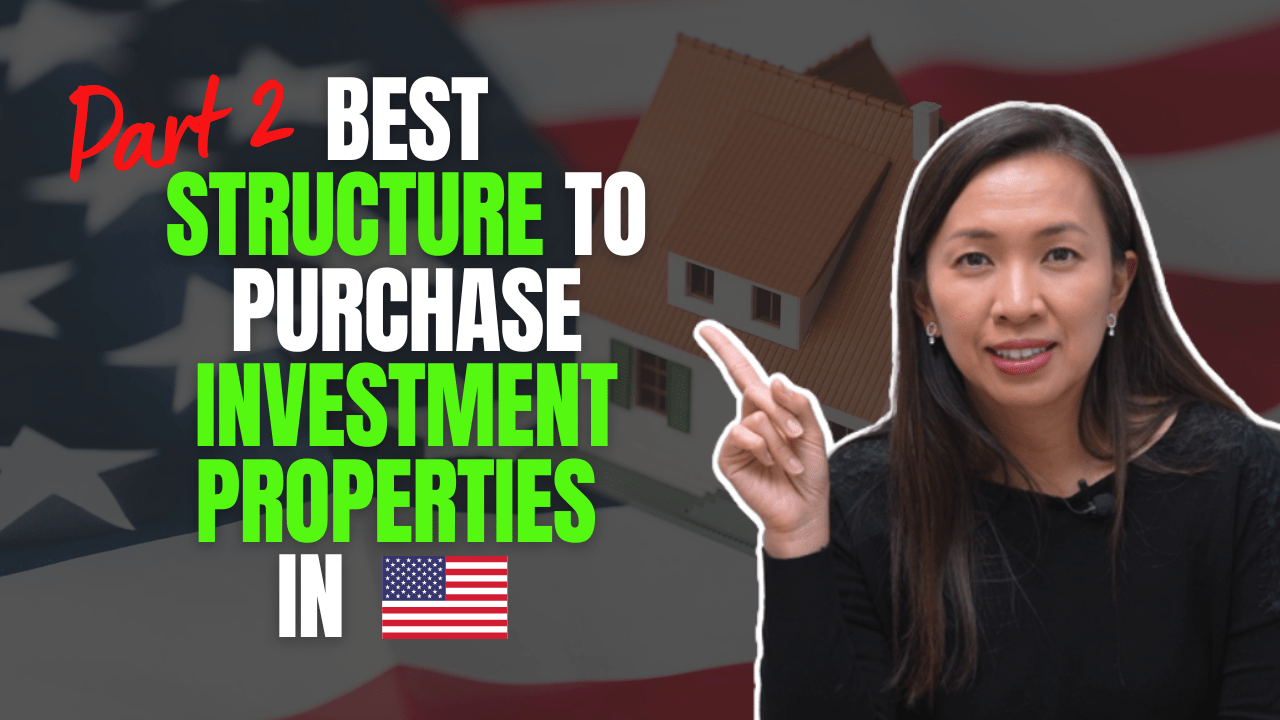
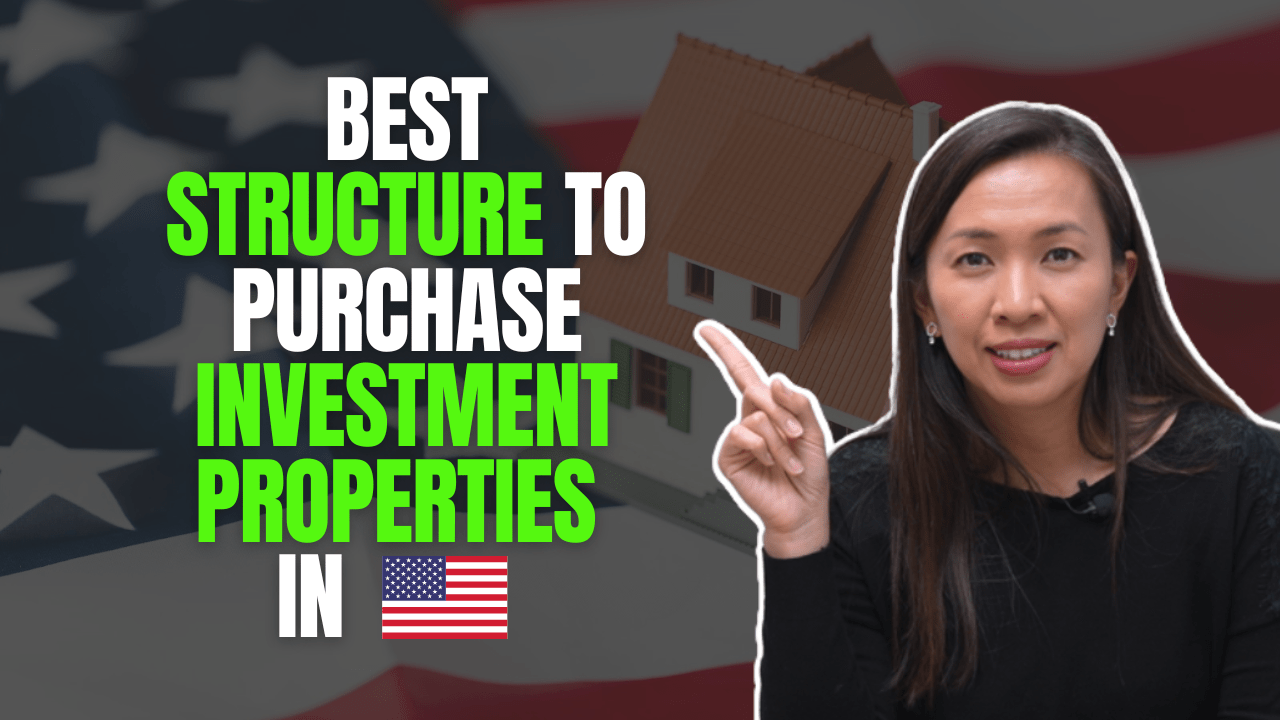
Morgan Homehow
I have been devising my technique for some time now, and I have looked at articles to all the relevant information. This article was the best one so far as it allowed me to get all the information.